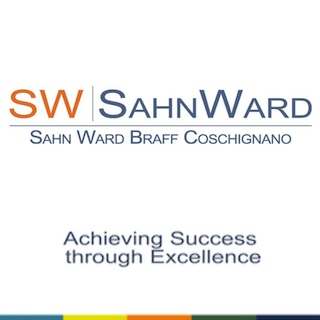Green premium on building value: The revolution has become a steady/assured evolution - by Steven Schleider
The first article I wrote about green buildings was published four years ago. Its timing reflected a “perfect storm of eco-laws” including New York City’s then new Local Laws 84, 85, 87 and 88.
In the article, I put forth the opinion that going green increases property value and referenced a “growing body of evidence” to support that educated opinion. But back in 2011, although it was growing, there wasn’t much evidence available. Green was still new. The results of decreased operational costs and increased rents and building value had yet to be deeply researched, which is why my article received considerable attention, even winding up for sale on amazon.com where, to this day, I have an author’s page.
I wrote then that “measurement standards, a larger compilation of hard data, sales and lease market reports, studies and an understanding of how sustainability doesn’t often show up in depreciation accounting, will all come into play in the accurate valuation of green properties.”
And now as we come to the end of 2015, I’m still certain going green increases property value except now there are many in-depth research and evaluation studies, years of supportive data and numerous books on the subject of green building and value. My opinion is no longer a stretch, but a proven reality.
In 2013, the World Green Buildings Council published a detailed 124 -page report that was a compilation of research from numerous studies.
Among its findings, now that many developers, architects, engineers, designers and builders are all on the green team, was that green buildings do not need to cost more than conventional buildings; that it was getting less expensive to build green; that supply chains are more able and adept; and that, while a less visible financial benefit, green buildings provide greater health and productivity.
The study also said that green buildings make more money for owners. This was also my opinion in 2011 as New York City’s only LEED-AP BC+D commercial real estate appraiser.
Certifications, primarily LEED and Energy Star, which are voluntary, have made a huge difference in categorizing green and energy savings benefits. While LEED includes all aspects of a building’s eco-profile including energy efficiency, Energy Star focuses on energy efficiency only.
The number of LEED-certified buildings in New York City and especially Manhattan office buildings has increased exponentially. Most are Silver or Gold certified but there is a smattering of Platinum including The Solaire (the first eco-advanced residential building in the U.S. which I appraised twice); Tiffany & Co.; Skanska; Chase, among others; and the big daddy of them all, One Bryant Park, the first Platinum LEED skyscraper.
The Royal Institution of Chartered Surveyors (RICS) published a report entitled “Measuring Green Value: An International Perspective” which studied the U.S. as one of three core markets including the “rapidly growing body of research on the economic value of certification premium in the office market.” Their findings said there is a “significant rental premium and increase in market value (selling price) as well as a corresponding discount in utility expenses.”
The report also showed an interesting juxtaposition. “As in an energy efficient building the charges are expected to be lower, the difference can be passed on to the customer. It would seem, however, that in a static model, tenants are willing to pay a premium for energy efficiency. Moreover, the premium related to energy rating increases with the level of certification which seems to suggest that the more efficient a building is the larger the value created.”
As a green building appraiser, I have found that sustainability metrics are becoming more important in commercial property investment decisions. Over the past year, we have seen a marked increase in commercial appraisal assignments where green technologies are noted with significance in the initial Request for (valuation work) Proposal stage.
As research continues to grow on the benefits of building green from the developer, owner and tenant points of view, the green building revolution has become a steady and assured evolution. We have reached a critical mass of profit and not-for-profit proponents, sustainability-educated and experienced professionals, government mandates and client/tenant preferences to say that we are traveling the right road toward the destination of living a healthier, more sustainable life that, in turn, will contribute to nourishing the planet.
Steven Schleider, MAI, FRICS, LEED-AP BD + C, is the president, Metropolitan Valuation Services, New York, N.Y.
Eight things every new NYC apartment board member should do in their first 100 days in office - by Yotam Cohen


Strategies for turning around COVID-distressed properties - by Carmelo Milio








.gif)


.jpg)
.gif)